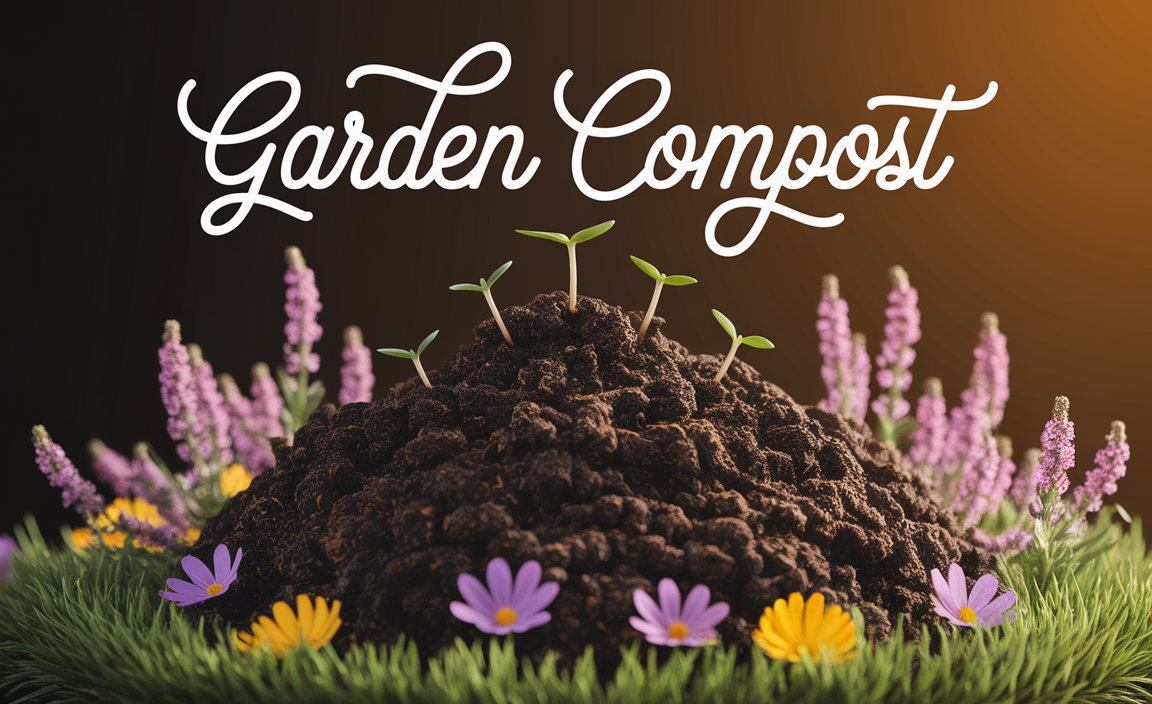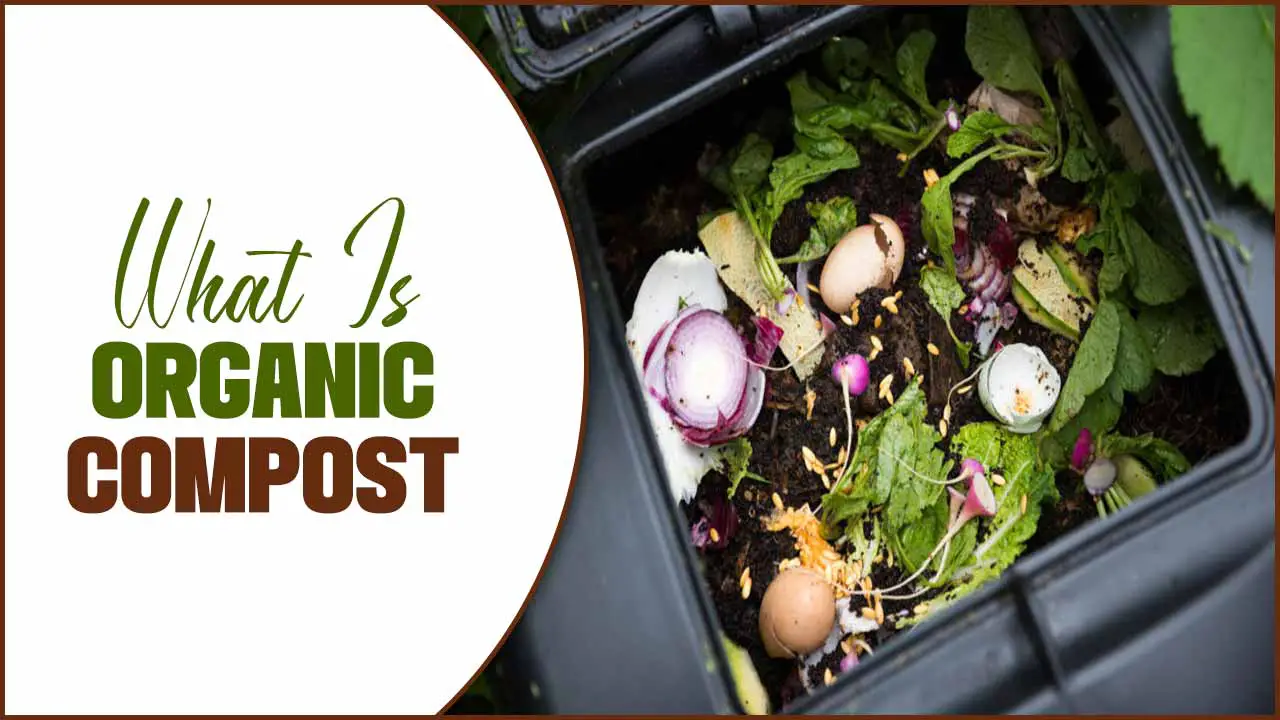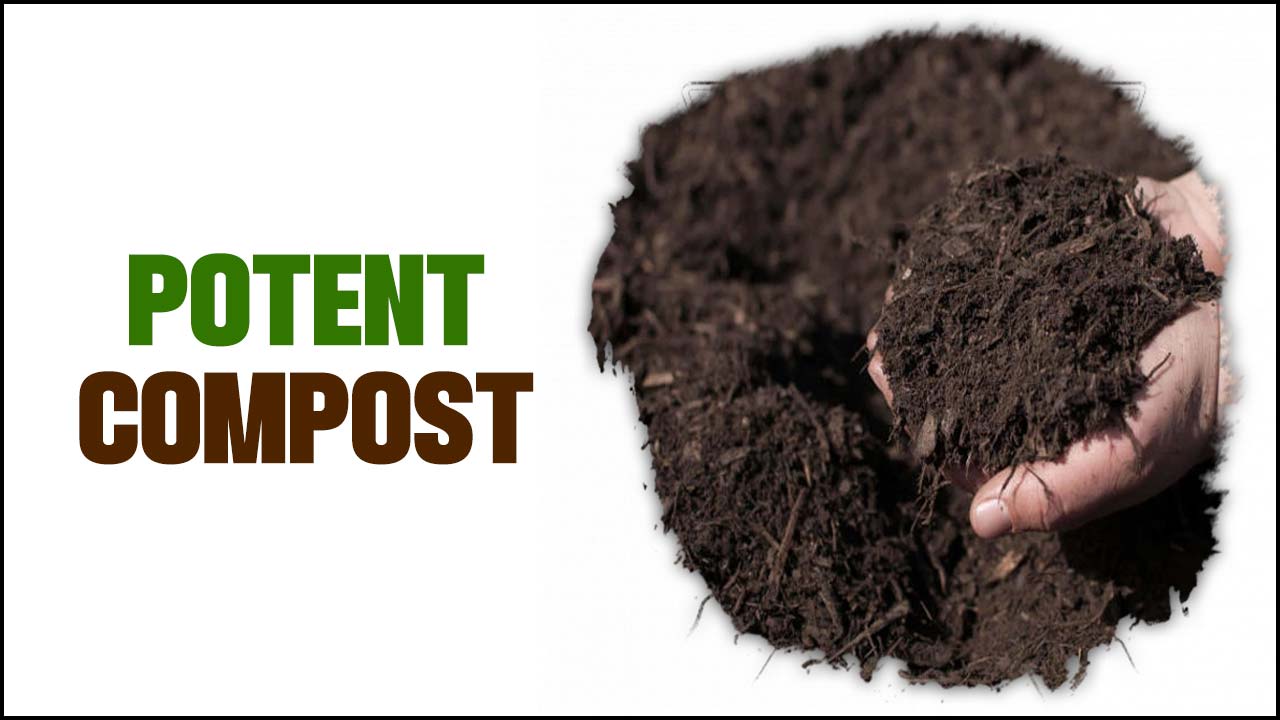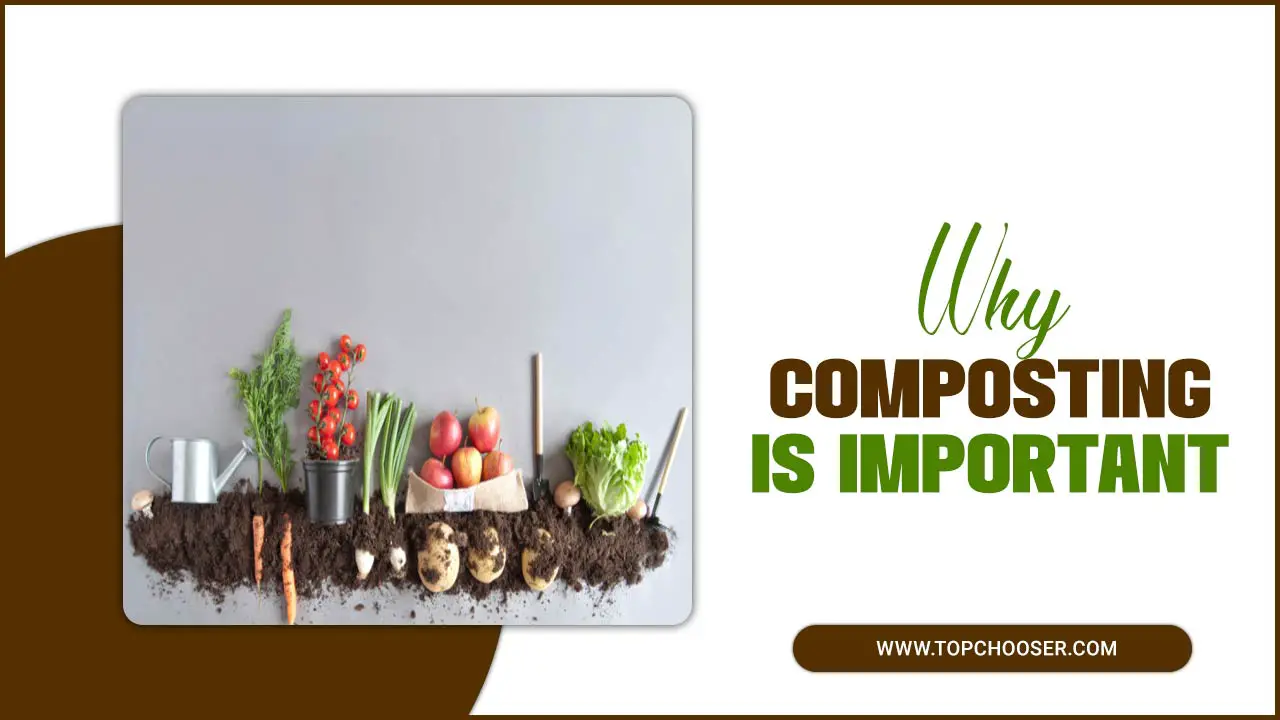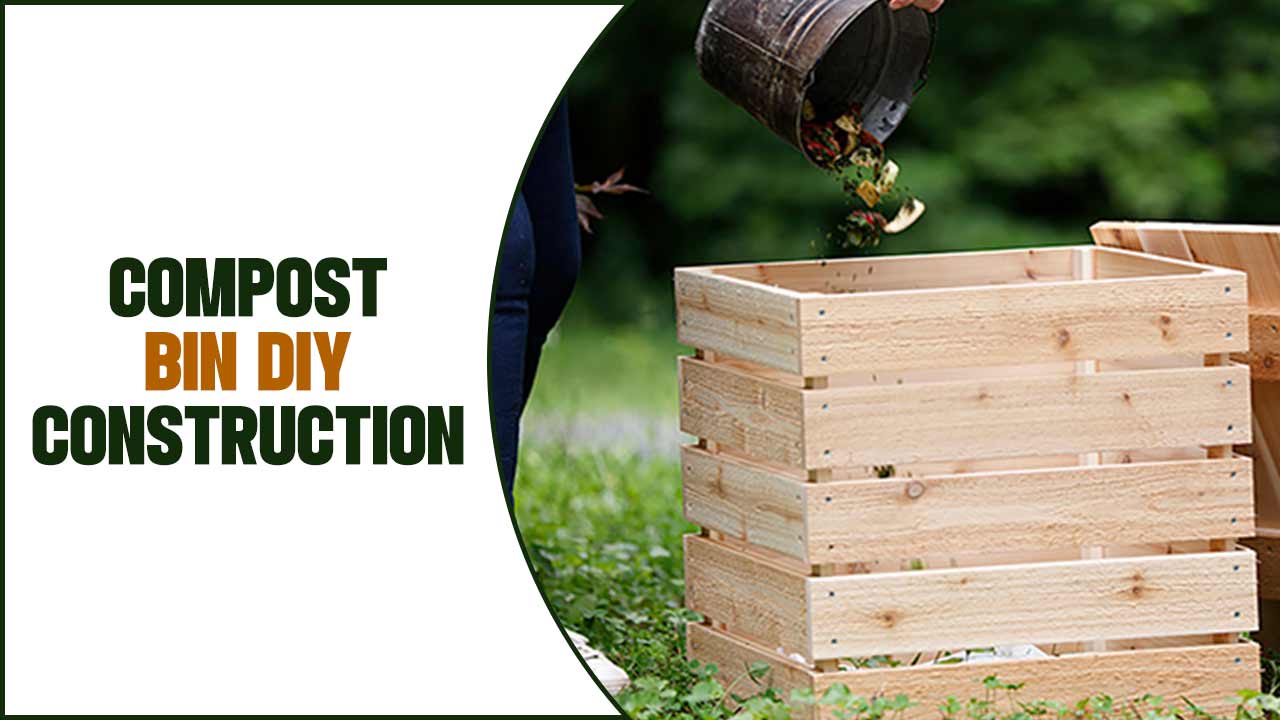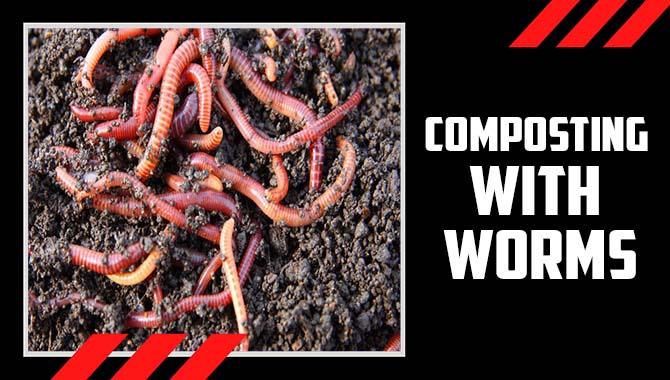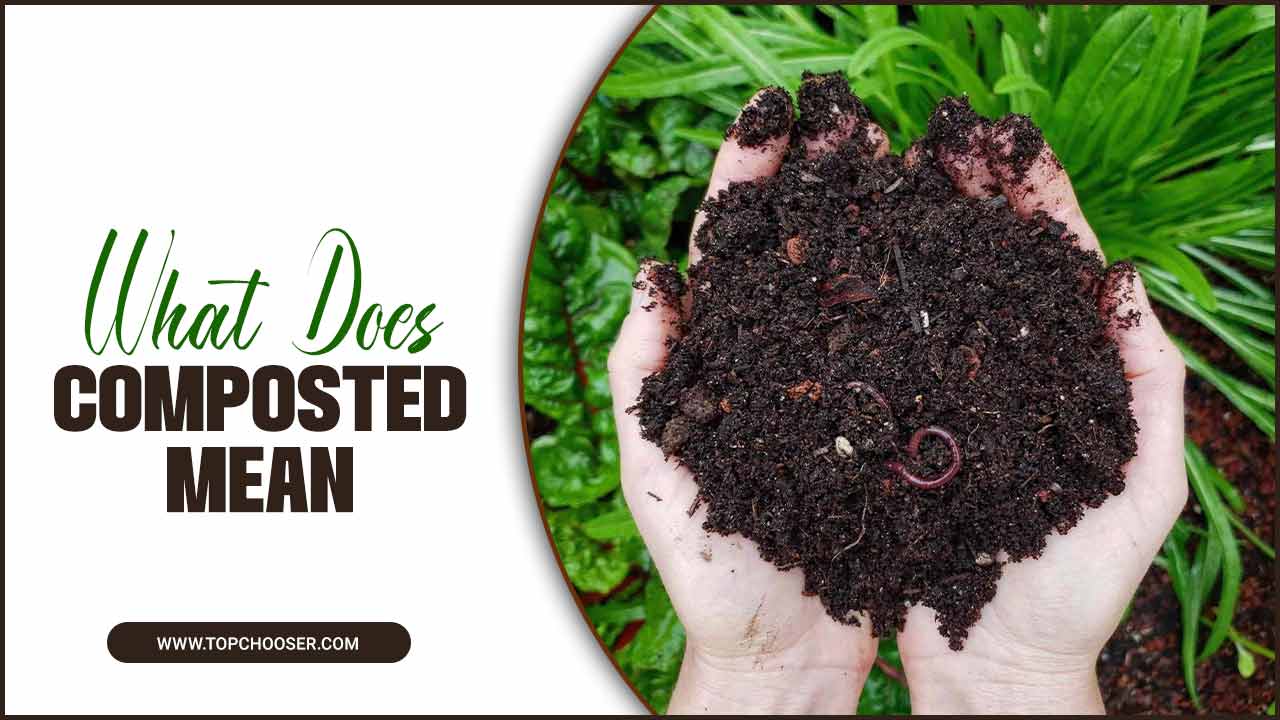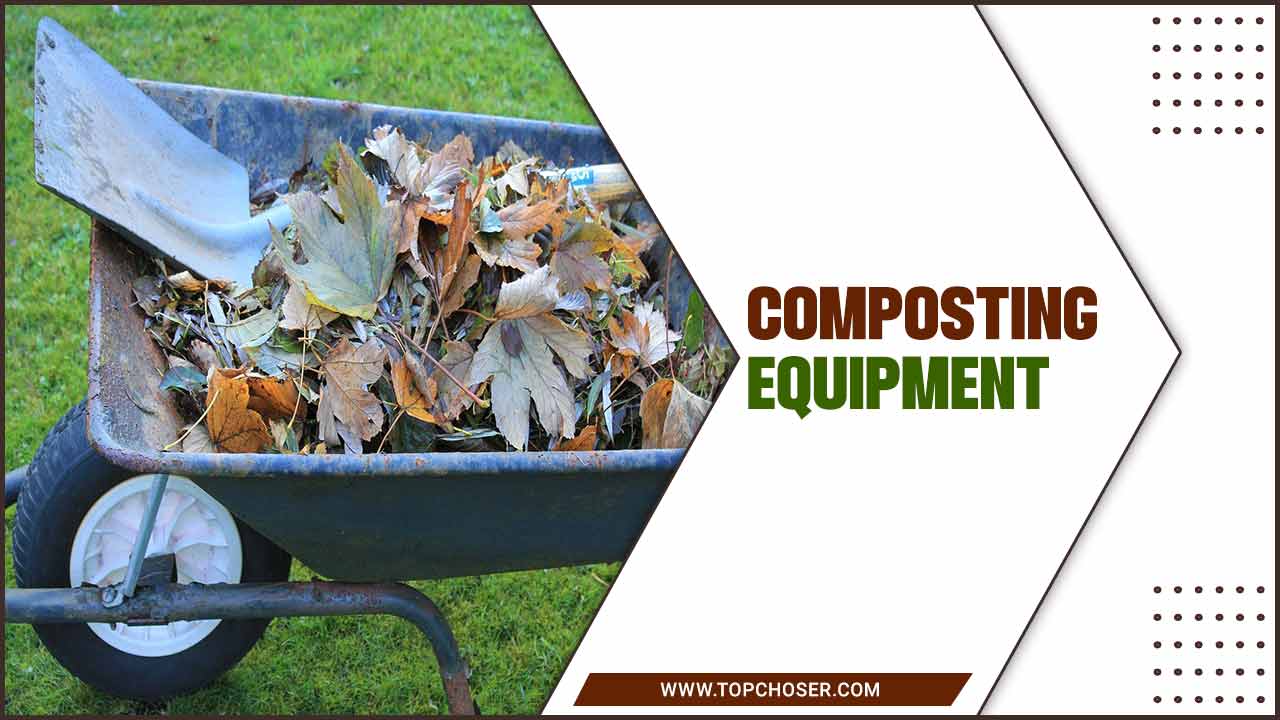Separating organic matter into nutrient-rich soil and Using high temperatures, hot composting can speed up the decomposition process, resulting in a shorter turnaround time for compost production.
This method is perfect for those who want to create their garden soil without chemical fertilizers. This blog post explores the different hot composting methods and benefits and how you can start hot composting at home. Several hot composting methods include the Berkeley, Johnson-Su bioreactor, and trench composting methods.
Each of these methods has its unique benefits, but they all share the same basic principles of using heat to accelerate the breakdown of organic material. Hot composting can produce nutrient-rich soil in weeks by creating an environment conducive to the growth of thermophilic bacteria.
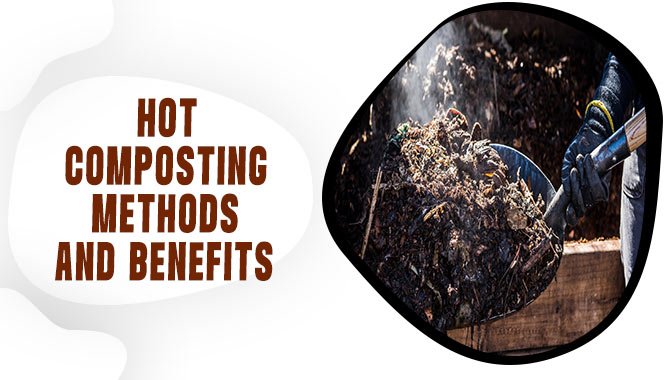
What Is Hot Composting?
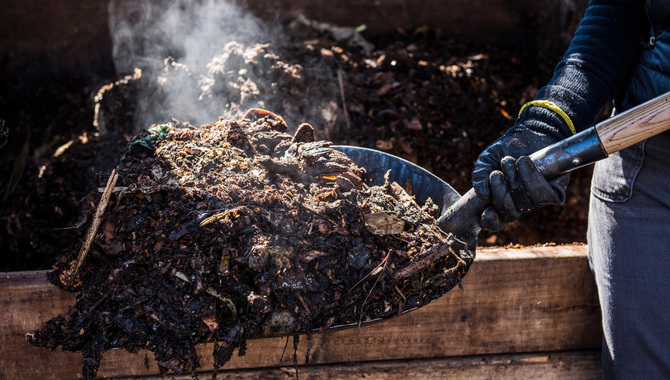
Hot composting is a method that involves breaking down organic materials quickly using high temperatures. This process requires a balance of carbon-rich materials (such as leaves, straw, and wood chips) and nitrogen-rich materials (such as grass clippings, food scraps, and manure). The pile requires regular turning and watering to maintain proper moisture levels.
The decomposition process generates high temperatures that can kill weed seeds and harmful pathogens, producing nutrient-rich compost that improves soil health and promotes plant growth. Hot composting is a popular method among gardeners and farmers for its efficiency and effectiveness.
How Does It Work?
The process involves layering nitrogen-rich green materials, such as grass clippings and vegetable scraps, with carbon-rich brown materials, such as leaves and twigs, and keeping the pile moist and well-aerated.
As the materials decompose, they generate heat, raising the pile’s temperature to 140-160°F (60-71°C) or higher. This high temperature kills pathogens, weed seeds, and other undesirable organisms and speeds up the breakdown of the organic matter into nutrient-rich compost. Hot composting can produce finished compost in as little as 1-3 months, compared to 6-12 months or more for traditional cold composting.
Choosing The Right Location For Hot Composting
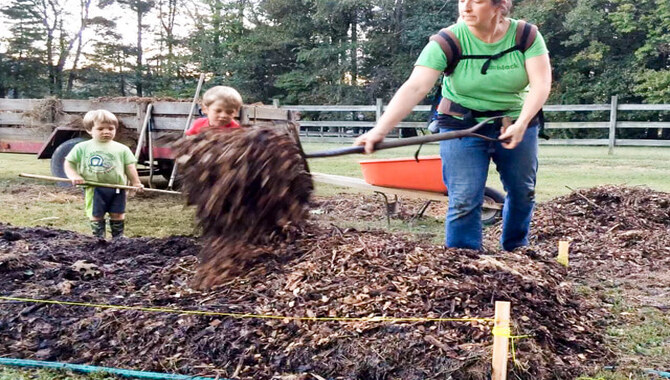
Selecting the right location is crucial for success. The ideal location should receive plenty of sunlight and be close to a water source. Choosing a well-drained area with good air circulation is also important.
Avoid placing your compost pile near buildings or trees, as this can restrict airflow and cause odors to become trapped. Additionally, it’s a good idea to select a convenient location for adding materials and turning the compost pile. Choosing the right location can help ensure that your hot composting process is efficient and effective.
Materials Needed For Hot Composting
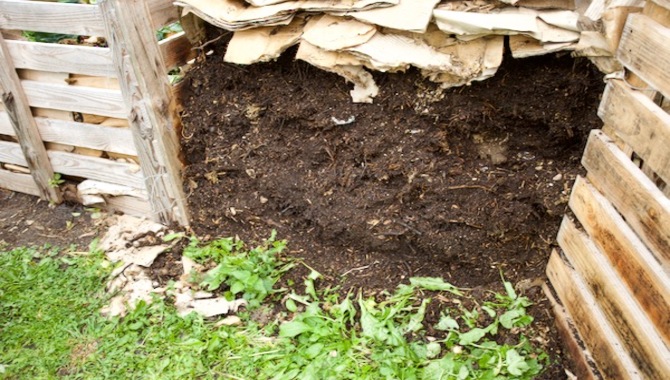
Hot composting is a great way to turn food scraps and yard waste into nutrient-rich soil for your garden. To get started, you’ll need a few materials. First, you’ll need a compost bin or pile. This can be made from various materials, including wood, wire mesh, or plastic. You’ll also need a good mix of “green” and “brown” materials.
Green materials include fruit and vegetable scraps, coffee grounds, and grass clippings. Brown materials include things like dried leaves, twigs, and shredded paper. You’ll want to aim for a ratio of approximately two parts brown to 1 part green.
Finally, you must moisten your compost pile and turn it on regularly to ensure proper decomposition. With these materials and patience, you’ll soon have rich, fertile soil to help your garden thrive.
Cost Of Hot Composting Accessories
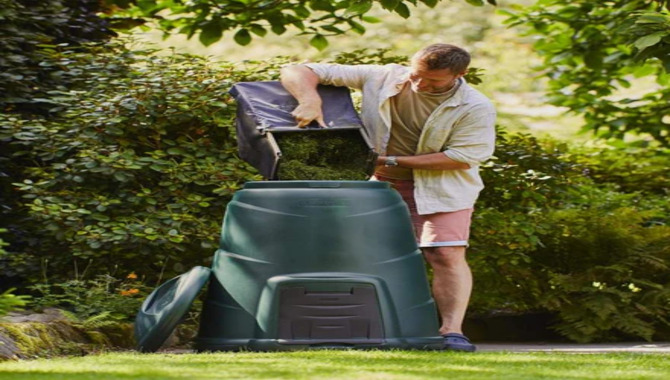
Hot composting accessories can range in price depending on the type and quality of the product. Some accessories, such as compost thermometers and moisture meters, can cost anywhere from $10 to $30. Other accessories, such as compost tumblers and aerators, can cost anywhere from $50 to $300.
It’s essential to consider the benefits of each accessory and how it can improve your composting process before making a purchase. Additionally, some accessories may not be necessary for all composting setups, so assessing your needs is important before investing in any accessories.
Building A Hot Composting Pile
Choose a convenient location with good drainage to build a hot composting pile. The pile should be at least 3 feet by 3 feet by 3 feet in size to generate enough heat. Begin by layering a few inches of brown, carbon-rich materials like dried leaves or straw on the bottom.
Then add a layer of green, nitrogen-rich materials like vegetable scraps or grass clippings. Alternate these layers until the pile is about 4 feet high. Water the pile until it is moist but not soaking wet.
Turn the pile every few days to aerate it and maintain heat levels. Within a few weeks, the pile should reach temperatures of 140-160°F and be ready for use in your garden.
10 Tips For Hot Composting Methods And Benefits
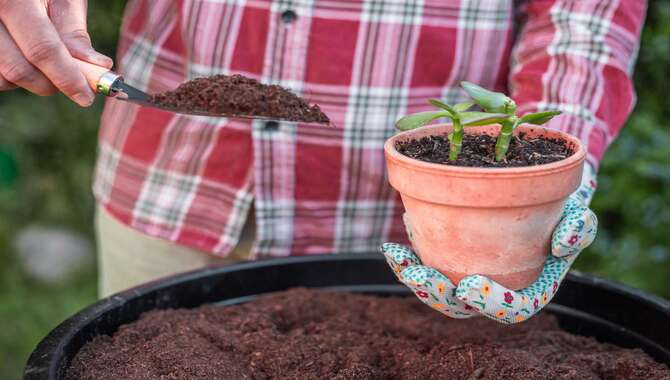
You can achieve this by creating a compost pile with a balanced ratio of nitrogen-rich green materials, such as grass clippings and kitchen scraps, and carbon-rich brown materials, such as leaves and twigs. The compost pile is then turned regularly to increase oxygen flow and promote even heating.
Hot composting has several benefits, including faster decomposition times, the ability to kill weed seeds and pathogens, and the production of nutrient-rich compost that can improve soil health and plant growth. Hot composting is an efficient way to turn organic waste into nutrient-rich soil. Here are ten tips for successful hot composting Methods and benefits:
- Start with a balanced mix of “brown” and “green” organic materials. Browns include dry leaves, straws, and wood chips, while greens include kitchen scraps, grass clippings, and fresh manure.
- Chop or shred larger materials into smaller pieces to speed up decomposition.
- Build your compost pile in a sunny location to help it heat up.
- Layer your materials in the compost pile, alternating between browns and greens.
- Moisten the pile as you build it, but not so much that it becomes waterlogged.
- Add a compost activator, such as finished compost or a commercial product, to jumpstart the process.
- Turn the pile every few days to aerate it and ensure even decomposition.
- Monitor the temperature of the pile with a compost thermometer. The ideal range is 130-150 degrees Fahrenheit.
- Keep the pile covered to retain heat and moisture.
- Your hot compost should be ready in 3-6 months. Use it to enrich your garden soil and reduce reliance on chemical fertilizers.
The Essential Factors For Hot Composting
To achieve successful hot composting, there are several key factors to consider. Firstly, the right mix of green and brown materials is essential. Green materials like grass clippings and vegetable scraps provide nitrogen, while brown materials like leaves and twigs offer carbon. A ratio of 2:1 brown to green is recommended.
Secondly, the pile should be moist but not too wet, with a moisture content of around 50-60%. Thirdly, you must regularly aerate the pile to provide oxygen to the microbes that break down the organic material. Finally, the pile should reach and maintain a temperature between 130-160°F for several days to a few weeks to ensure complete decomposition.
Troubleshooting Common Issues In Hot Composting
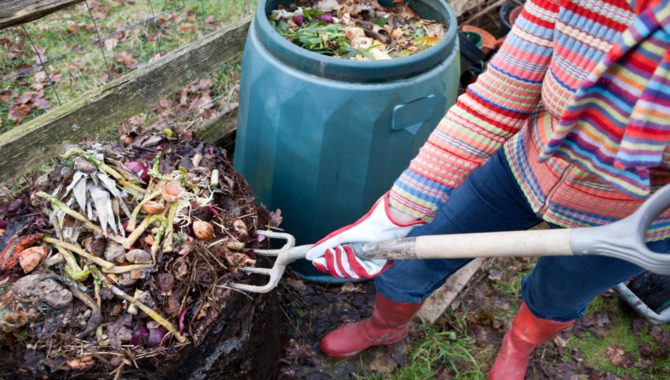
Hot composting can face common issues requiring troubleshooting to ensure a successful outcome. One of the most common issues is the temperature of the compost pile. Hot composting is a great way to turn organic waste into nutrient-rich soil. However, it’s not without its challenges. Here are some common issues you might encounter and how to troubleshoot them:
- Compost is too wet: If your compost is too wet, it can become slimy and smell bad. Add dry materials like straw or shredded newspaper to absorb the excess moisture to fix this. Ensure to turn the compost to aerate it and prevent further moisture buildup.
- Compost is too dry: On the other hand, it won’t break down properly if it is too dry. To remedy this, add water to the compost pile. You can also cover the pile to trap moisture and heat.
- Compost isn’t heating up: Hot composting requires a certain temperature range to break down properly. If your compost isn’t heating up, it could be due to a lack of nitrogen-rich materials. Add more green waste, like grass clippings or kitchen scraps, to the pile to boost the nitrogen content.
- Compost smells bad: A foul smell from your compost pile could indicate it’s not getting enough oxygen. Turning the pile regularly can help aerate it and prevent anaerobic conditions. Adding dry materials like shredded newspaper or wood chips can also help absorb excess moisture and improve airflow.
By troubleshooting these common issues, you can ensure that your hot composting process is effective and produces high-quality soil for your garden.
The Disadvantage Of Hot Composting
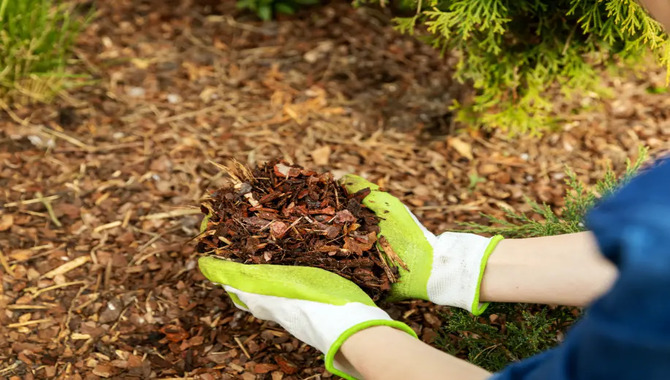
Hot composting has some disadvantages. One major disadvantage is that maintaining the high temperatures for the composting process requires significant effort and time. This may not be practical for everyone, especially those with limited time or physical abilities.
Also, hot composting can produce unpleasant odours and attract pests if improperly managed. Finally, the high temperatures of hot composting can also kill off beneficial microorganisms important for soil health. As with any composting method, weighing the advantages and disadvantages is essential, and choosing the best method suits your needs and abilities.
How To Clean And Maintain Hot Compost Bins
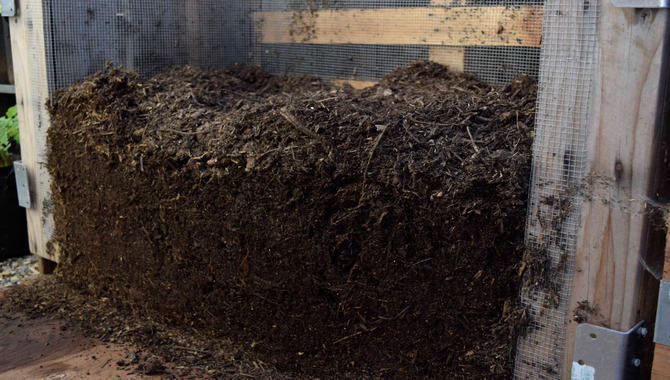
To keep your compost bin functioning properly, cleaning and maintaining it regularly is essential. Start by removing large debris from the bin, such as sticks or rocks. Then, use a pitchfork or shovel to turn the compost to ensure it’s heating evenly.
If the compost is dry, add some water to keep it moist. You can also add a layer of fresh green materials, such as grass clippings or kitchen scraps, to help speed up the composting process. Finally, cover the bin with a tarp or other cover to protect it from rain and pests. With these simple steps, your hot compost bin will continue to produce nutrient-rich soil for your garden.
Conclusion
Hot composting offers a highly efficient and rapid decomposition process, converting kitchen scraps, yard waste, and other organic materials into nutrient-rich compost.
The significance of hot composting lies in its ability to generate high temperatures, accelerating the breakdown of organic matter and killing weed seeds and harmful pathogens. By harnessing this method, gardeners and environmentally conscious individuals can reduce waste, improve soil fertility, and contribute to a sustainable ecosystem.
The specific advantages of hot composting include faster compost production, increased microbial activity, and the ability to handle a broader range of materials. By utilizing these benefits, individuals can actively participate in reducing waste, improving soil health, and cultivating thriving gardens.
How to make the most of hot composting methods and benefits empowers individuals to adopt eco-friendly practices and positively impact the environment while reaping the rewards of nutrient-dense compost for their gardening endeavours.
FAQs
[rank_math_rich_snippet id=”s-fce8ef9c-32dd-4f81-85dd-2062bc5e3469″]

I am passionate about home engineering. I specialize in designing, installing, and maintaining heating, ventilation, and air conditioning systems. My goal is to help people stay comfortable in their homes all year long.

